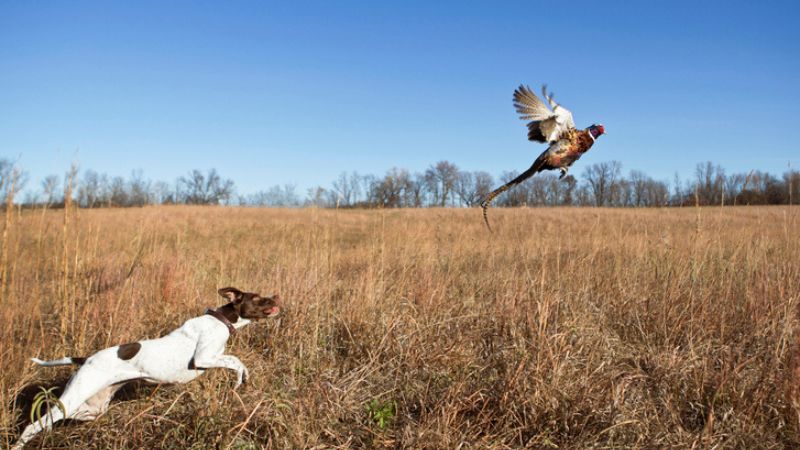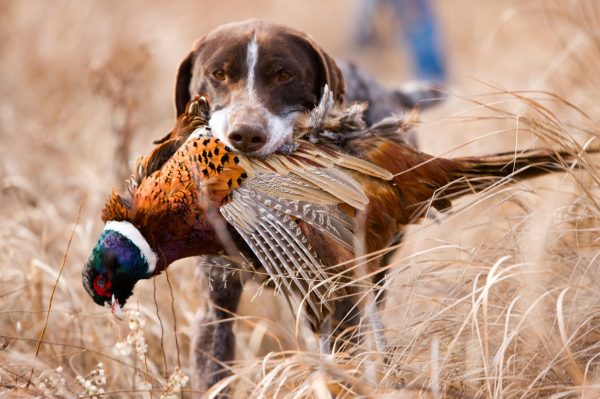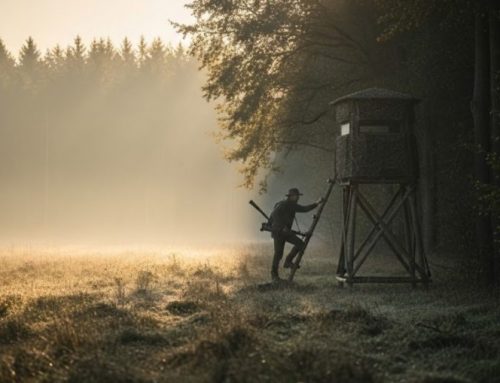If you talk about bird hunting in Europe, pheasant hunting in Italy is where the heart of the tradition beats strongest.
Among the rolling hills of Piacenza, where vineyards meet ancient oak forests, where the crisp autumn air carries the scent of damp earth and falling leaves, this hunt has been perfected through centuries of skill, patience, and respect for the land.
Many hunters dream of epic chases through rugged Scottish moors or the majestic alpine landscapes chasing black grouse and capercaillie. But let’s talk about something different. Let’s talk about pheasants—those brilliantly colored, cunning birds that turn every hunt into a thrilling challenge.

In Italy, pheasant hunting is more than just a tradition—it’s a way of life, a rite of passage for generations of hunters. Here, where game management and conservation efforts have allowed these birds to flourish, hunters experience one of the most exhilarating yet deeply satisfying pursuits in the world of wing shooting.
The Pheasant: A Master of Deception and Survival
The common pheasant (Phasianus colchicus) is not an Italian native, yet it has become one with the landscape, blending into the fields, hedgerows, and forest edges like it has always belonged. Originally from Asia, pheasants have thrived in the Italian countryside for centuries, becoming one of the most cherished game birds for hunters across the country.
Pheasants prefer open fields and rolling terrain, but they’re far from easy targets. As the hunting season progresses, they become sharper, faster, more elusive, learning every trick in the book to outwit both hunter and dog. A pheasant will often run for hundreds of meters before taking flight, weaving through thickets and disappearing into the undergrowth in a matter of seconds. They know how to survive.
On sunny autumn days, they’ll be found along riverbanks and shady ditches, seeking coolness beneath the overhanging brush. When the skies turn gray and the rain sets in, they favor the open fields, relying on their sharp senses to detect approaching predators.
But when a skilled dog picks up their scent, when the hunter’s pulse quickens in anticipation, when the bird bursts into the air in a sudden explosion of wingbeats, that’s when the real magic happens.
Two Ways to Hunt Pheasant: With Dogs or Driven Shoots
The Italian Way: Hunting with Pointing and Flushing Dogs
In Italy, the most revered method of hunting pheasants is with dogs—an art that requires deep understanding, teamwork, and trust between hunter and companion.
For those who have never chased wild pheasants in the Italian countryside, let’s be clear: this is no easy hunt. Pheasants are smart, always adapting, always staying one step ahead.
A good pheasant dog must be fearless, tenacious, and highly disciplined. It needs to work through dense brambles, thorny bushes, and thick cover, flushing birds that have no intention of taking to the sky unless absolutely necessary. A reckless dog will miss birds. A patient dog will bring the hunt to life.
Hunters who favor pointing breeds, such as the Italian Bracco or Spinone Italiano, will enjoy a slow, methodical approach. These dogs will lock onto a scent, freeze in place, and hold their point until the hunter moves in. The pheasant, sensing danger, will either run or explode into the air, giving the hunter just seconds to react.
Flushing breeds, like Springer Spaniels and Cockers, work the terrain differently, zigzagging in front of the hunter, pushing the birds into the air with relentless energy. This style of hunting requires quick reflexes and precise shooting, as the birds will not wait for you to adjust.
In Piacenza’s hills, where vineyards stretch as far as the eye can see and ancient forests provide the perfect escape routes for game, hunting with dogs is a truly immersive experience—one where the hunter and dog must think as one to outwit the cunning pheasant.
The Noble Tradition: The Driven Pheasant Shoot
On the other hand, for those who love classic European shooting, the English-style driven pheasant shoot offers an entirely different thrill.
Originating in the great estates of Britain, the “drive” is a meticulously planned hunt where beaters push the birds from their cover towards a line of waiting shooters.
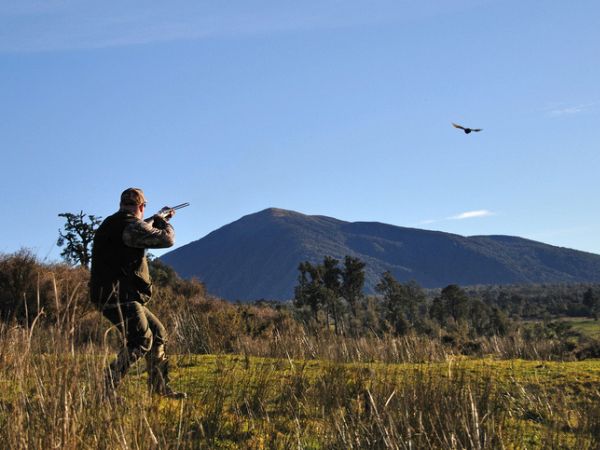
The beauty of a driven pheasant shoot lies in its timing, precision, and skill. The birds come soaring high over the line, their silhouettes cutting through the sky as hunters pick their shots carefully. It’s a test of reflexes, accuracy, and discipline.
In Italy, especially in well-managed reserves, this style of hunting has found a strong following, with some of the best-driven pheasant shoots held in the estates of northern Italy.
The Italian Bracco: A Breed Made for Pheasant Hunting
No discussion of Italian pheasant hunting would be complete without mentioning one of Italy’s greatest gifts to the hunting world: the Bracco Italiano.
This breed, one of the oldest pointing dogs in existence, was born for the rolling landscapes of northern Italy. With its powerful build, unmatched endurance, and razor-sharp nose, the Bracco is an elite pheasant hunter, capable of working vast areas while maintaining a natural connection with its handler.
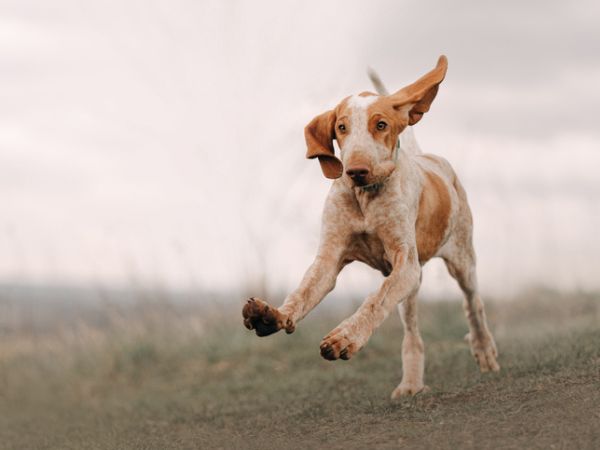
What makes the Bracco so special?
- Stamina & Strength: Built to cover rough terrain effortlessly, the Bracco is perfect for the fields, riverbanks, and forests of Piacenza, where pheasants love to hide.
- Exceptional Scenting Ability: Even in the thickest cover, the Bracco will locate birds with precision.
- A Gentle Retrieve: Unlike some breeds that crush game in their jaws, the Bracco is known for its soft mouth, ensuring the bird is retrieved in perfect condition.
- Calm, Thoughtful Hunting Style: This isn’t a reckless dog. It’s a thinking dog. The Bracco takes its time, working methodically, adjusting to the movements of its handler, making it a dream to hunt with.
For anyone serious about pheasant hunting in Italy, there’s no better partner than the Bracco—a dog as much a part of the Italian landscape as the pheasants themselves.
Choosing the Right Firearm: Precision, Tradition, and Performance
Pheasant hunting in Italy is a refined art—one that demands the right firearm for the job. Whether you’re navigating dense cover with a trusted dog or standing in line for a traditional driven shoot, choosing the correct shotgun can mean the difference between a successful, ethical shot and a missed opportunity.
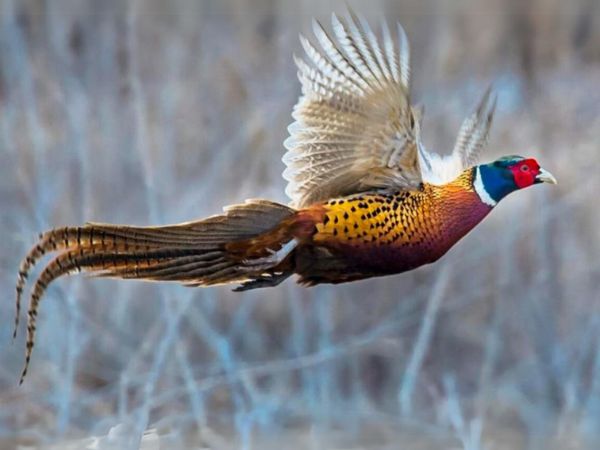
For Walk-Up Hunting with Dogs
In the rolling hills and thick hedgerows of Italy, pheasants rarely sit still for long. They are masters of deception, preferring to run through cover rather than flush, making walk-up hunting a thrilling challenge that requires a fast-handling, instinctive shotgun.
A lightweight over-under shotgun in 12 or 20 gauge is the perfect choice for this style of hunting. The ideal barrel length falls between 26-28 inches, allowing for fast mounting and quick reaction shots when a pheasant bursts unexpectedly from cover. The shorter length ensures maneuverability in thick brush, helping hunters track and swing naturally in tight spaces.
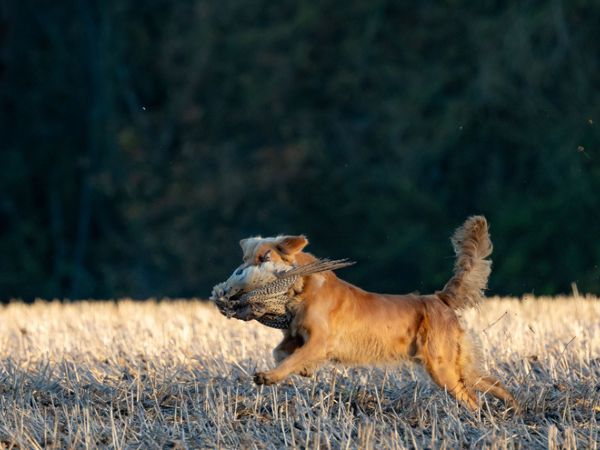
A modified choke in the first barrel and a full choke in the second is a common setup, ensuring that the first shot has a wider spread for close-range flushing birds, while the second shot can reach a pheasant already gaining altitude.
For those who favor even lighter and faster handling, a 20-gauge shotgun is an excellent alternative. Many Italian hunters prefer a 20 gauge with 28-inch barrels for its reduced weight and softer recoil, making it an excellent companion for long days in the field.
For Driven Shooting: The Majesty of the Long Shot
A formal driven shoot in Italy—especially in the well-managed reserves of Tuscany and northern estates such as La Centuriona in Gavi—is a spectacle of tradition, skill, and camaraderie. The birds, pushed into the air by skilled beaters, come soaring overhead in high, arching flights, making the moment of the shot one of pure precision and calculated timing.
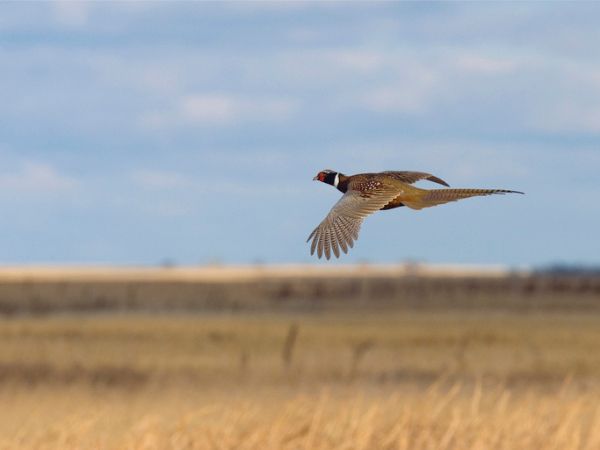
For this style of hunting, a longer-barreled shotgun is the preferred choice. Over-unders or side-by-side shotguns in 12 gauge, with 30-32 inch barrels, provide a smooth and deliberate swing, essential for connecting with fast-moving, high-flying birds.
Shotguns with fixed or interchangeable full and modified chokes allow for the necessary range required to take down pheasants at 35-50 yards. Many experienced hunters prefer a side-by-side shotgun for its traditional feel, natural pointability, and balanced weight distribution, which enhances control over long shots.
Ammunition: The Right Load for the Job
Selecting the correct ammunition is just as critical as choosing the shotgun itself. Italian hunters have developed a deep understanding of ballistics, selecting the perfect combination of shot size and load to maximize effectiveness while preserving the integrity of the bird for consumption.
Walk-up hunting: Since shots tend to be at closer ranges, many hunters opt for lead shot sizes between 7 and 6, ensuring a wider spread for quick-flushing pheasants. A typical load would be 36 grams (1 ¼ oz) in 12 gauge or 28 grams (1 oz) in 20 gauge, which provides an excellent balance of power and spread.
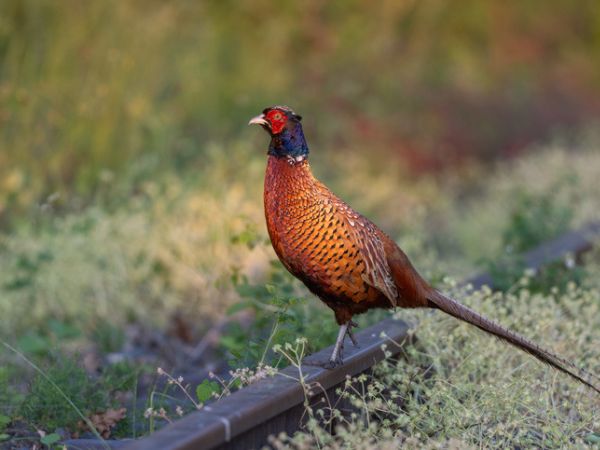
Driven shooting: Given that birds are higher and moving fast, a heavier load is needed. Hunters prefer lead shot in size 6 or 5, ensuring good penetration at longer distances. A heavier 38-gram (1 ⅜ oz) load is common in 12 gauge for extended range performance, maintaining stopping power even at 45+ yards.
With the increasing regulations on lead-free ammunition, some Italian reserves now encourage the use of bismuth or steel shot. Bismuth, with its lead-like density, is a great alternative for maintaining consistent energy transfer, while steel shot requires tighter chokes and slightly larger sizes (e.g., size 4 for driven shooting).
Ethical Hunting: The Role of “The Priest” in Pheasant Hunting
A responsible hunter’s duty doesn’t end with the shot. Ensuring a quick, ethical death for a wounded bird is an essential part of hunting with respect and integrity.
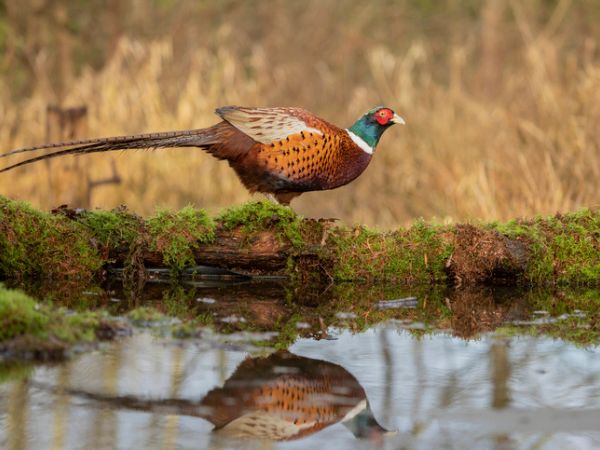
Even with the best shot placement, some pheasants may not be killed instantly, especially during long-range driven shoots, where the impact zone is harder to control. When retrieving a wounded pheasant, hunters in Italy follow a long-standing tradition of using “the priest” (il prete)—a small, handheld tool designed to deliver a swift, humane death by a firm, precise strike to the bird’s skull.
This practice ensures:
- Minimal suffering for the bird.
- No unnecessary wastage, preserving the meat.
A hunter’s responsibility to his quarry, reinforcing the ethical traditions of Italian hunting.
Many hunters carry a small, weighted priest in their game bag, ensuring that any wounded bird can be dispatched immediately and humanely.
Essential Gear: Clothing & Accessories for Italian Pheasant Hunts
Beyond guns and ammunition, having the right gear can significantly improve comfort and efficiency in the field.
Clothing: Practical, Durable, and Weather-Resistant
The Italian hunting season for pheasants runs from early autumn to late winter, meaning conditions can shift dramatically from warm, dusty September fields to rain-soaked November woodlands.
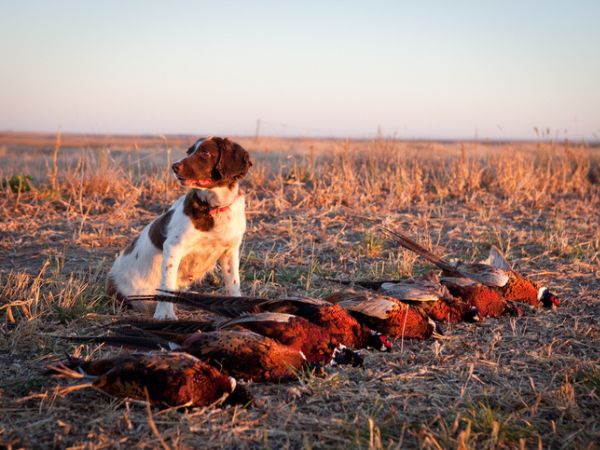
Early season (September-October): Lightweight breathable hunting shirts, canvas pants, and sturdy boots will keep hunters comfortable during long walks through the fields.
Mid to late season (November-January): Waterproof and windproof layers become essential, as cold rains and strong winds can quickly drain energy. A waxed cotton jacket or a breathable GORE-TEX coat provides ideal protection.
Gaiters and reinforced pants: Protect against brambles, thorns, and tall grass, which pheasants love to hide in.
Boots: Navigating the Italian Terrain
The rugged terrain of Piacenza’s hills and river valleys demands high-quality boots that offer:
- Ankle support for walking through uneven ground.
- Waterproof membranes to handle morning dew and unexpected rain showers.
- Rubber soles for excellent grip in muddy fields.
Accessories for a Successful Hunt
- A well-fitted game vest or cartridge bag: Essential for carrying extra shells, a knife, and retrieved birds. Many Italian hunters prefer classic leather and canvas game vests, which provide durability and style.
- Binoculars: While not always necessary for close-range pheasant hunting, a good pair of compact binoculars can help spot birds at the edge of cover before walking in.
- Hearing protection: Repeated shotgun blasts can take a toll on hearing. Hunters often wear electronic hearing protection, allowing them to hear dogs, beaters, and fellow hunters while blocking harmful noise levels.
Final Thoughts: Tradition Meets Precision in Italy’s Pheasant Hunts
From the moment the first rays of sunlight break over the Italian countryside to the last echoes of gunfire as the hunt draws to a close, pheasant hunting in Italy is an experience unlike any other. Whether you’re working the fields with a skilled pointing dog or standing in a grand driven shoot, the right shotgun, the perfect ammunition, and the proper ethics define a hunter’s character.
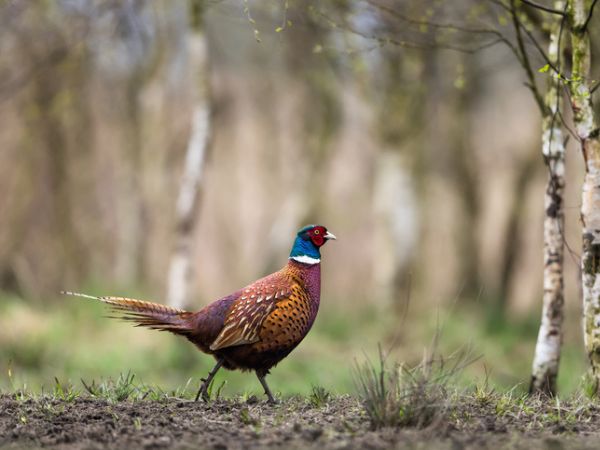
Respect the bird, master your craft, carry “the priest”, and embrace the traditions that have shaped Italian hunting for generations. For here, in the golden fields and misty valleys of Italy, the hunt is more than a sport—it is a legacy. vuole?
Pheasant hunting in Italy’s rolling hills is a masterclass in tradition, skill, and respect for the land. Whether you’re working through dense cover with a Bracco or standing in a formal driven shoot, this hunt offers a thrill like no other.
As the day ends, as the sun sets behind the vineyards and the distant church bells echo through the valley, one thing is certain—pheasant hunting in Italy is not just a sport. It’s a way of life.

